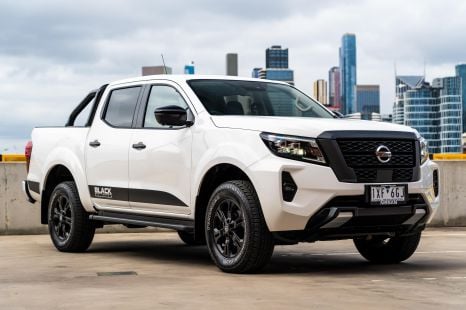

Josh Nevett
7.3
3 Days Ago
Australia's roads are home to more electric cars than ever, and the number on offer will only continue to grow. What does that mean for our power grid?
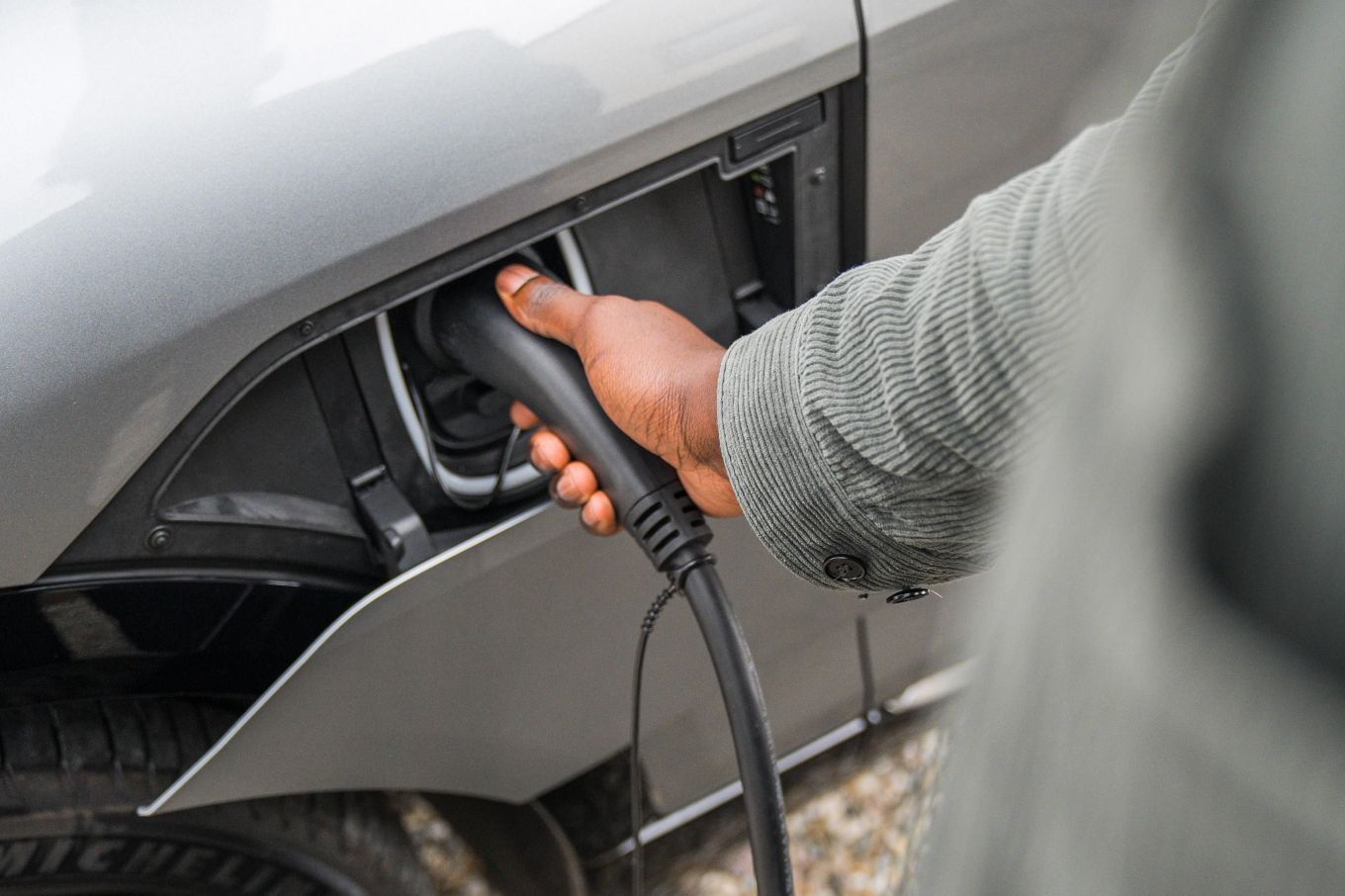
In recent times there have been questions raised as to whether the power grid will cope with the threat of widespread electric vehicle adoption.
In fact, both here and abroad, some pundits have argued the case is closed, and the power grid and mass electric vehicle adoption are incompatible.
Is this true? What organisations are analysing the pace of EV adoption in Australia? What problems might develop in the future and what are the possible solutions?
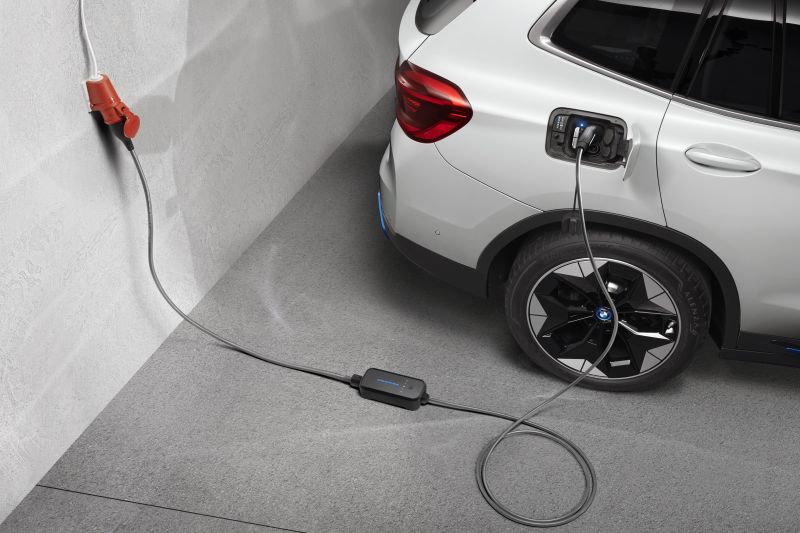
Read on to learn who is keeping an eye on the electrification of transport.
In part one of our coverage, you’ll learn about five problems mass EV uptake might create.
After that, part two will examine some of the solutions to those problems, as suggested by leading experts in the field.
Tune in to part two tomorrow for the thoughts of industry experts, and Australian research into how to best support EV uptake.
The organisation that runs Australia’s power grids – the Australian Energy Market Operator, or AEMO – uses the CSIRO to help analyse and model the EV transition.
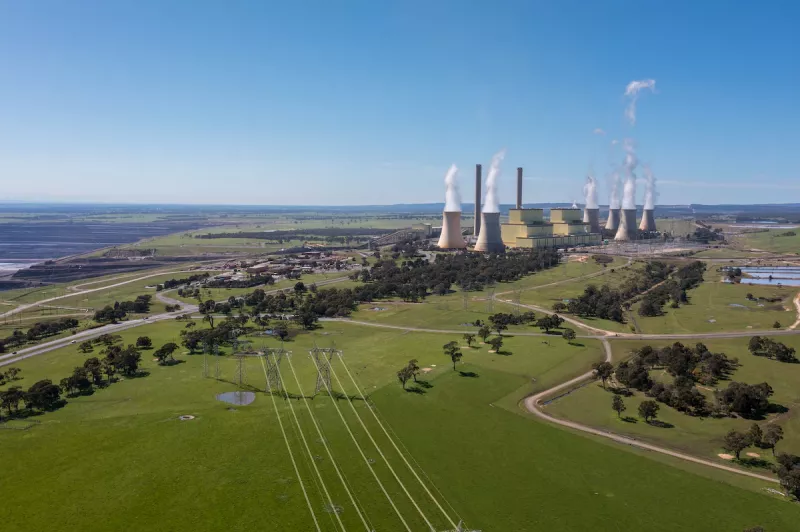
The CSIRO produces reports regularly on the Australian take-up of, and trends within, electric vehicles and likely EV charging loads. There are also consultants and specialist groups advising these organisations and government.
The modelling shows four different ‘uptake speed’ projections along which the EV transition might track, depending on trends, technology, government policy, and external factors.
After a slow beginning, the transition to electric is now aligning most closely with the second most aggressive scenario, which the CSIRO calls ‘Step Change’.
Under this scenario, by 2030 we will have approximately three million EVs within the National Electricity Market (NEM).
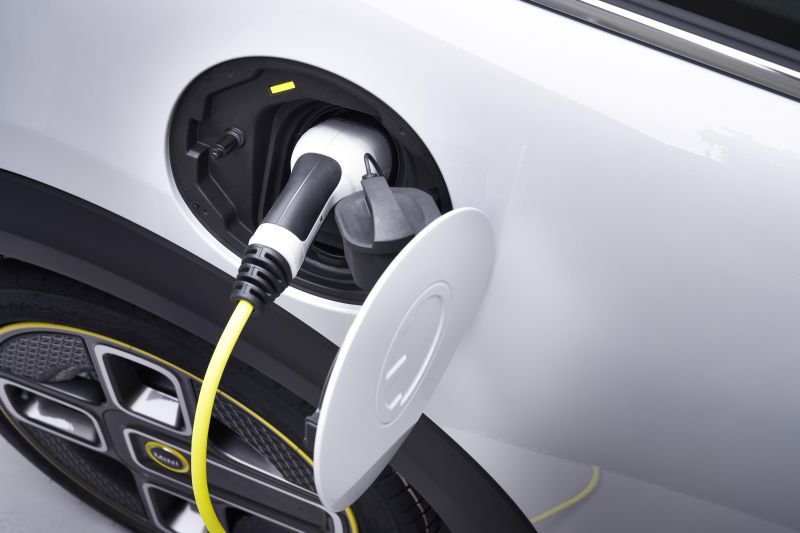
These will be consuming roughly 10,000GWh of electricity in that year.
This is roughly 10 times the electricity currently being consumed by EV charging.
Continuing under the same scenario, the EV charging power requirement is projected to be around 40,000GWh by 2040. The inherent nature of these EV chargers is they are ‘electronic loads’, like computers or any device without an electric motor. They are insensitive to frequency and draw constant current despite network voltages changing.
It all adds up to serious power demands. What could go wrong?
First, electric vehicle charging in the evening energy peak will be discussed.

After this, we’ll conclude examining a group of four EV specific grid problems, as identified by a couple of leading energy consulting firms.
British grid engineering firm Sysgensys was contracted by the English government to provide pioneering detailed research and analysis of the various possible effects of EVs on the English power grid.
In Australia, in late 2023, specialist energy consulting firm enX produced a report providing guidance for AEMO on coming EV challenges.
That report listed no fewer than 24 [p.54] specific technical challenges EVs bring to the Australian grid. Although Australia’s grid is not identical to the UK, many of the issues faced are similar, and some of the different types of risks highlighted in both reports can be grouped together.
Problem 1: The evening peak
If Australia’s car fleet went electric ‘overnight’ and everyone started charging their car in the early evening when they came home from work, it would be tough for our grid to cope.
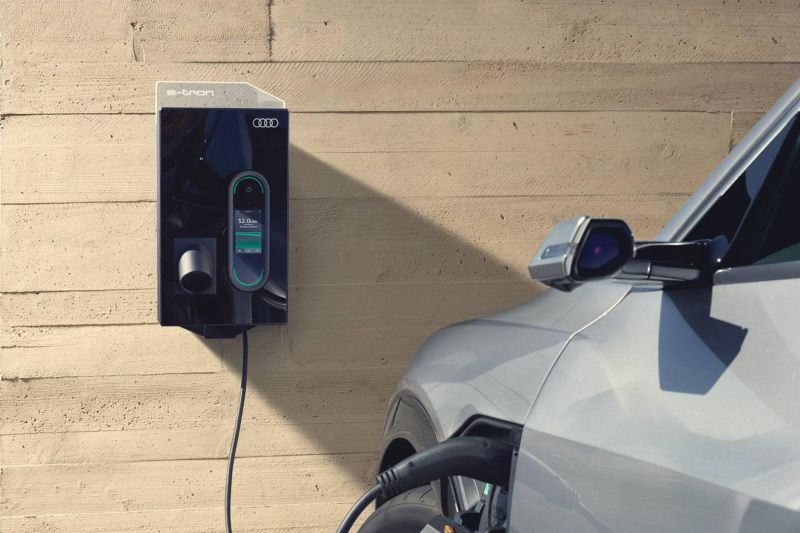
There have already been formal warnings about this. In electric-friendly California’s summer heatwave in 2022, power authorities warned residents to avoid charging their cars during the evening peak.
Although the grid stress was entirely from residents’ air-conditioning systems, argued academic Severin Borenstein from University of California, Berkley, [CBS NEWSBay Area, 31 August 2022] this was the first case where a regulator specifically mentioned EVs when it asked residents to minimise electricity consumption.
What does this mean for Australia? We shouldn’t panic just yet.
California has more than one million EVs on the road already – far more than in Australia – and there have been no EV-based grid failures observed. This is the same for another early market, Norway.
Australia’s real-world transition to electric transport will not be ‘overnight’. However, proactive measures will be needed to minimise impact on the grid during the evening peak in five years when there may be three million EVs on the National Electricity Market (NEM).
Such actions will be discussed in part two, the solutions section.
Problem 2: Load steps, voltage, and frequency risks
Voltage and frequency for most homes and businesses in Australia should be a nominal 230 volts at a frequency of 50Hz (AS60038). Of course, in the real world, values can stray below and above these ideals.
How EV chargers (more properly referred to as supply equipment, or EVSE) respond under these situations can potentially create problems. If they switch off after a disturbance, particularly in large numbers, their load suddenly vanishes from the grid, creating a downward load shift called a ‘step’.
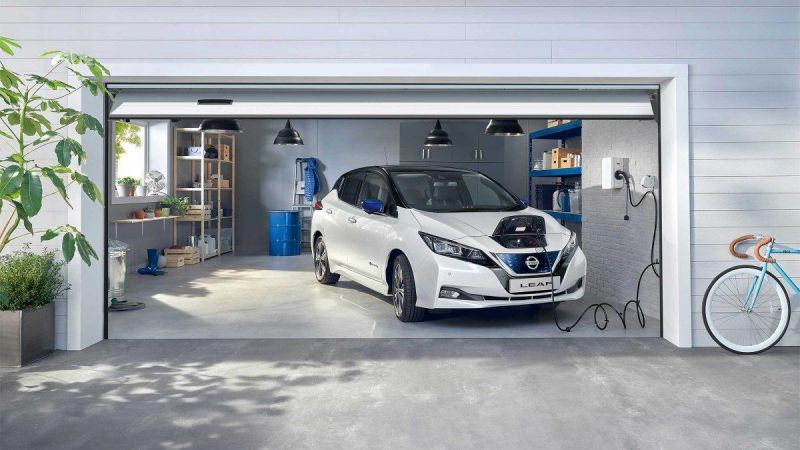
The step down in load could result in over-frequency conditions that require the market operator to engage ‘ancillary services’ (such as offered by fast-acting grid scale batteries) to intervene to restore frequency stability.
Of course, any major element of a power system switching off will create a sudden imbalance in demand and supply, such as when a coal generator trips. So, this is certainly not a problem exclusive to EVSE.
Large numbers of EVSE turning on at a certain time could also increase stress on the grid.
The start of 9PM off-peak power tariffs, for example, could cause an upward step as EV owners set their cars to take advantage of cheaper rates. One of the problems for Australia is there are no formal regulations mandating certain behaviour characteristics from EVSE in terms of voltage response or randomised delays when turning on.
AEMO simply does not have any regulatory power over small scale devices that sit behind domestic power meters. Chargers, solar panels, home batteries etc. (which are collectively called Consumer Energy Resources) are in the same boat.
Problem 3: Ramps
Sysgensys and enX also identified serious ramps in power demand coming from EVSE that could put pressure on the grid. A good example for Australia is the approach of a serious storm.
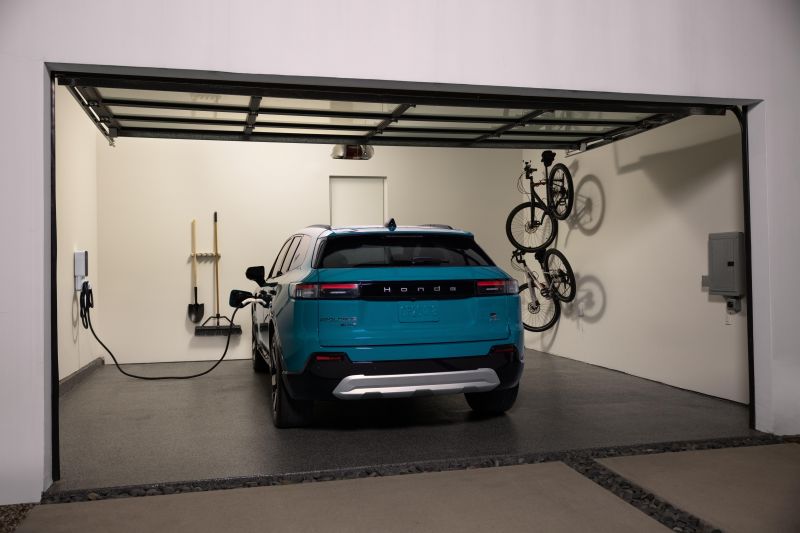
The potential for a blackout following a big storm could see many EV owners ‘panic buying’ and charging up their cars in large numbers in advance of a possible long duration power loss. The enX report gives an example of such a scenario happening just a few years from now.
“While the event alert may be localised, where enough EV chargers respond to the same input simultaneously, this could impact the bulk power system,” the report says.
“For example, 10 per cent of vehicles in Queensland commencing charging at 7.4kW would result in a load increase of around 550MW in 2030.”
Problem 4: Cold load pickup
If power has been lost for a long time, there also could be greater problems encountered at its restoration.
‘Cold load pickup’ is the term for the extra power required to resume normal operations in such situations. It’s caused by devices such as auto temperature sensors in refrigeration, hot water and air conditioning systems which awaken after the outage as electricity is restored.
They then automatically begin drawing large amounts of power to return the system they control to its normal set point.
EV chargers would add another such load and could prolong the grid’s high-power requirements as EV batteries of connected cars resume charging to a pre-set level. There could also be voltage and frequency problems during a delayed recovery.
Problem 5: Communication and cyber security
Communications and cyber security issues are identified in both the Sygensys and enX reports.
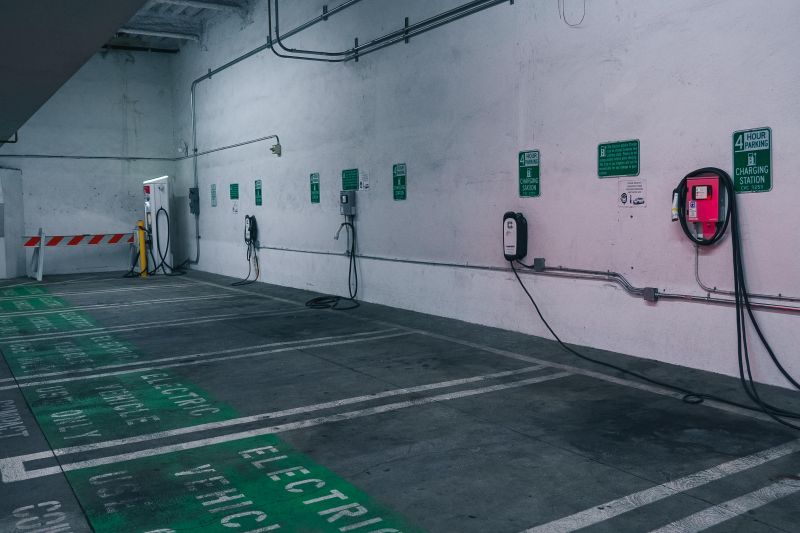
Issues include EVSE communications hierarchies, and whose instructions about charging a car takes precedence. Your instructions, your Home Energy Management System, or a grid operator?
The level of EVSE visibility and controllability by grid operators is also an important matter and a variety of comms protocols and standards that govern EVSE behaviour are still maturing.
Predictable EVSE behaviour when communications systems are down will be very important and, crucially in today’s world, vulnerabilities in the security protocols of some products could leave large numbers of charging equipment open to hacking – with grid scale ramifications that include huge load steps and possible widespread loss of power.
This issue (and most of the others) have fixes, but Australia has yet to adopt any standardised or structural solutions.
So, it’s obvious there are genuine grid integrity issues to confront. What’s happening in Australia and what’s being done to avoid these problems?
Part two looks at Australian research and shares the thoughts of industry experts.
MORE: Can the Australian power grid handle EVs? Part 2: Solutions MORE: Can the Australian power grid handle EVs? Part 3: Solutions and conclusion
Married with two children and a pet Great Dane, my other interests include: single malt whiskies, fine rum, AFL, powerlifting, fine music and home theatre, renewable energy and last but not least - American politics. Naturally, I am also interested in cars too and have owned all three flavours: petrol, diesel and electric!
Qualifications: Geography and Environmental Science – UTAS, Political Science (Hons) - UTAS and post grad studies in Communications - QUT


Josh Nevett
7.3
3 Days Ago
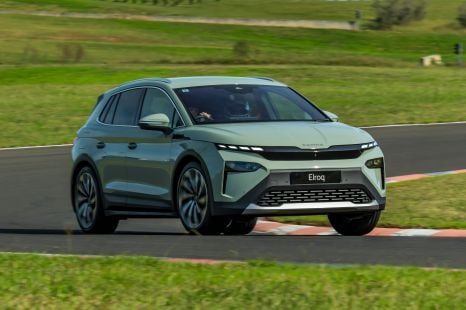

James Wong
3 Days Ago
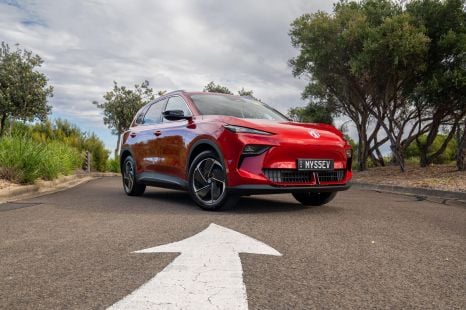

Andrew Maclean
3 Days Ago
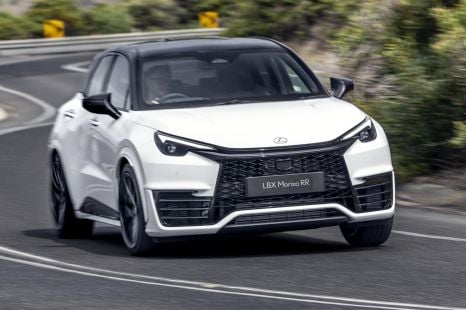

Josh Nevett
8
2 Days Ago
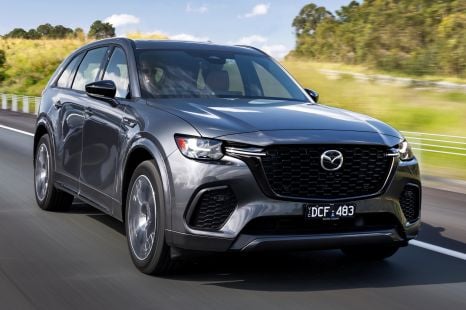

Jack Quick
7.9
1 Day Ago


William Stopford
19 Hours Ago